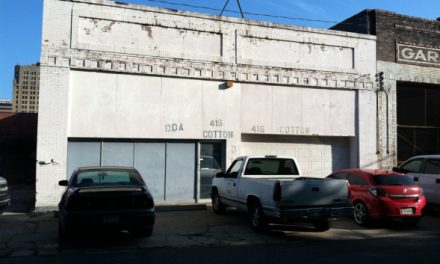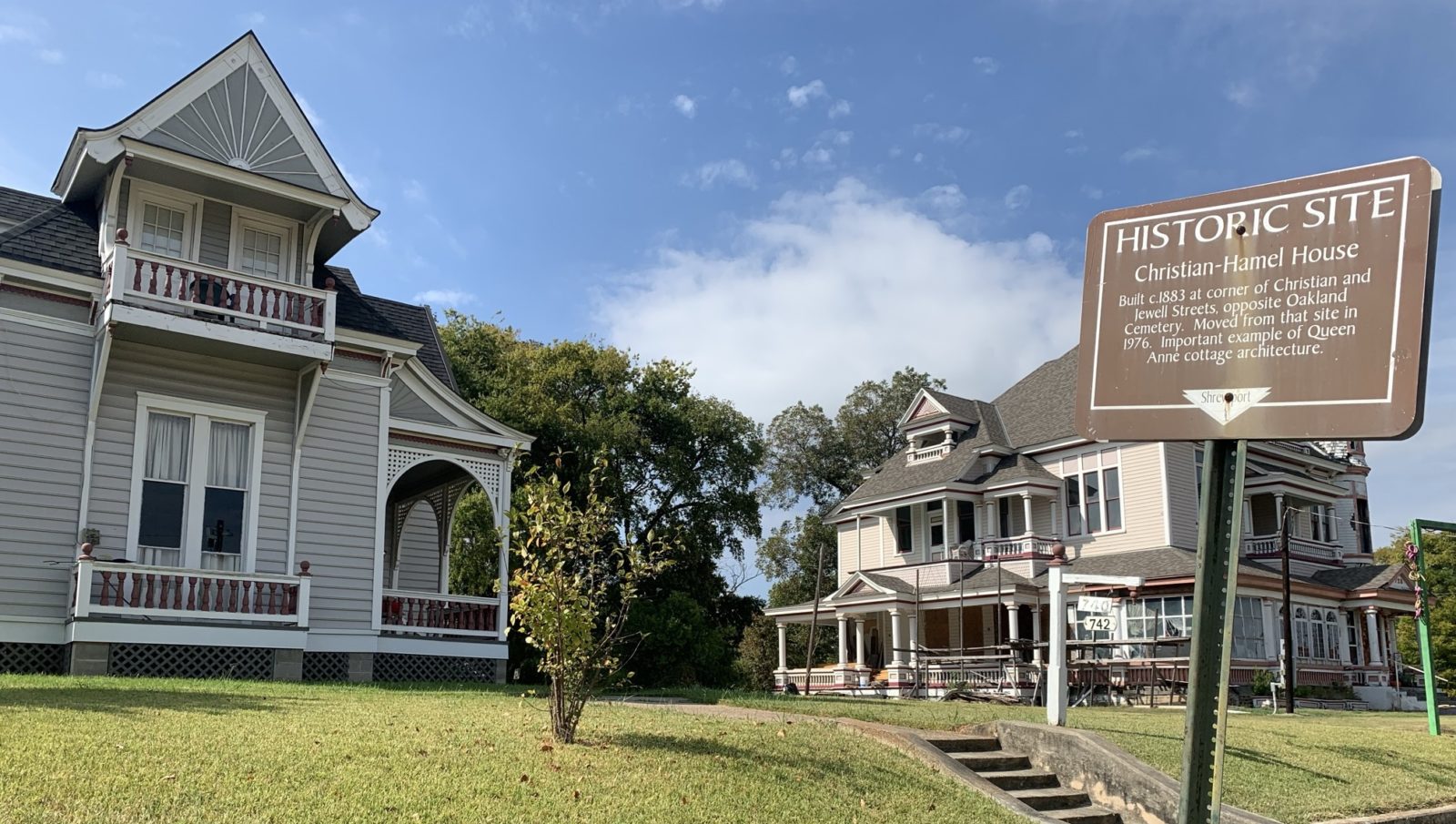
There has been some shuffling of properties on historic Austin Place downtown. The street, which houses a lovely variety of pre-1900 residential buildings has seen recent ownership changes to 754 and 758 Austin, and most recently, the sale of two residential buildings adjacent to the old Ogilvie-Wiener Mansion.
Ogilvie-Wiener owner Debbie Bryant tells us she has been working with The Philadelphia Center for roughly seven months to acquire the historic Christian- Hamel house and the newer structure behind it. Those buildings had been used for The Philadelphia Center’s Mercy Center which has been consolidated into a smaller footprint nearby.

Debbie Bryant, one passionate and hard-working woman!
Bryant’s plans are to make some small changes to the Hamel house and open it as a small B&B, a place for tea parties, parties & wedding showers. If all goes according to plan, the Hamel house could be available for short term rentals by the beginning of 2022. The house, which retains its residential layout, features two bedrooms, a master bath, a full kitchen, ladies’ and men’s parlors and dining room.
“I started crying after signing the papers (on the houses),” Bryant tells me. “I feel so blessed to be able to have the opportunity to help these historic homes stay together.”
The Christian-Hamel house could legitimately be called the ‘traveling house’ and it has stories to tell. When built, the home occupied a lot on the corner of Christian and Jewell Streets, right across from Oakland Cemetery. In 1976, it was moved to the east side of Austin and Oakland Streets and then, in 1990, it was moved across Austin Street to its present location.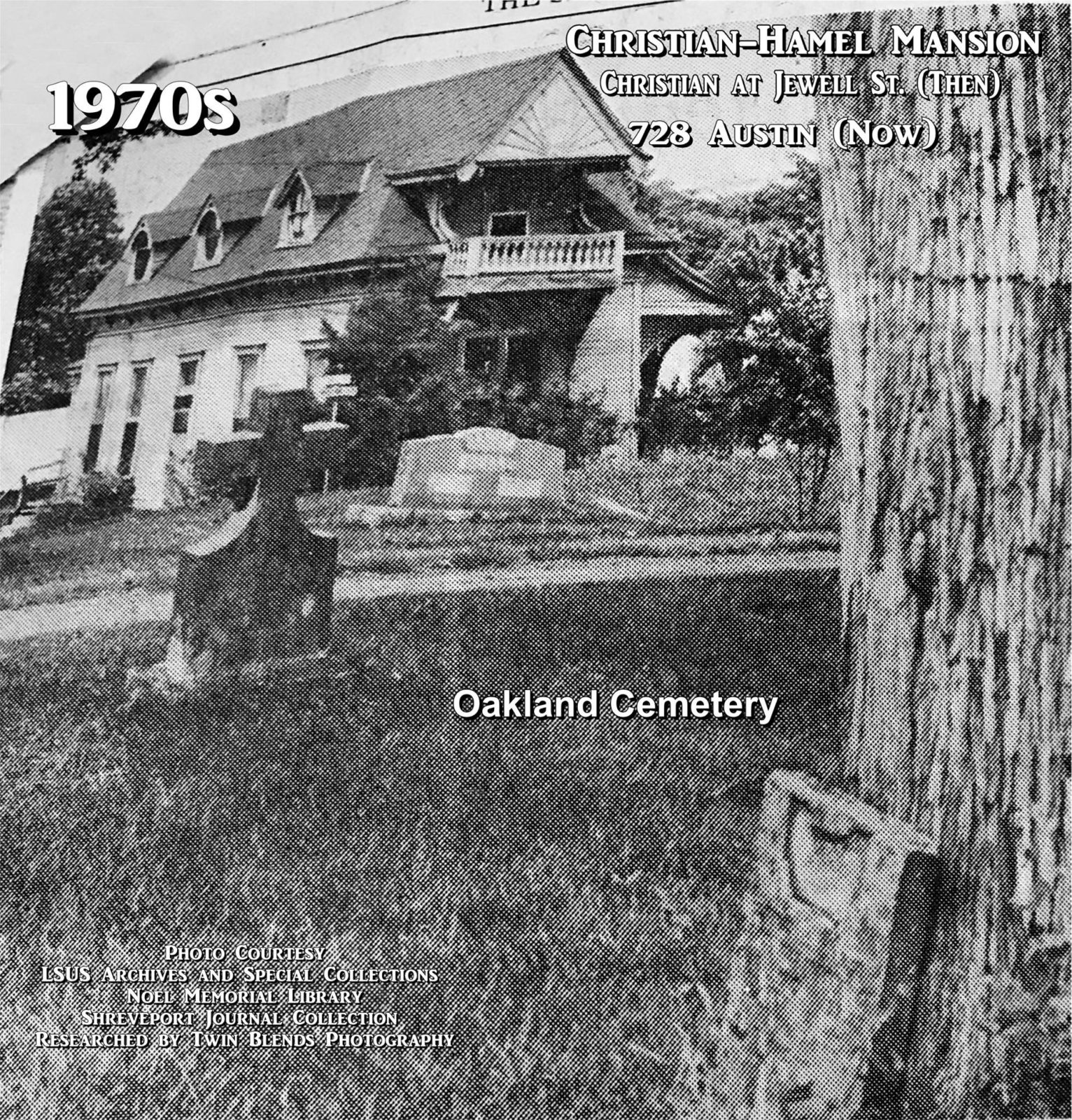
The home was built in 1883 by Charles M. Christian. ‘Hamel’ was added when Charles’ daughter Lucy married Charles Hamel in 1902. (An interesting note is that Lucy’s sister Daisy married Charles’ brother, James).
For a period, the house was the law office of attorney Graves Thomas, later becoming the Mercy Center. Bryant is thrilled to now call it her own.
Debbie Bryant is nothing if not passionate. The Registered Nurse has long loved most everything about the Victorians. She began collecting antiques, dolls, decor and clothing years ago, knowing that if she could not actually live in a building constructed during the Victorian era (1837-1901), she could be least be surrounded by items created then.
It so happened that in 2011 she found herself on downtown’s Austin Place and came face-to-face with a mansion that had seen better days…FAR better days. Many people had looked at the Queen Anne-style Ogilvie-Wiener Mansion and fled, but Debbie looked beyond the sag and the rot and the flaking paint to the grandeur that was and fell in love. Her husband John, did not. John, the more pragmatic of the two, saw 9,000 SF of work, an onerous mountain of expense, a building whose better days were likely behind it. John was not alone. One local expert in rehab likes to say that ‘God doesn’t have enough money to redo that house.’ It is possible that God is a fan of the Victorian era, too.
 Initially, the house was not for sale, but two months later a wrong turn took Debbie past the place again, and she spied a ‘For Sale’ sign planted in the front yard. She called immediately, went by at 9:30 p.m. to see a house that was gutted, with rooms that she could not even access. She knew the purchase was meant to be. John’s not-quite-joking threat of divorce could not quiet her desire to own this remarkable piece of history so she made the leap of faith. To this day, John still occasionally asks ‘why?’ Debbie has no such questions, in fact, there is now almost a spiritual connection between her and the building. She has met and heard the stories of both the Wiener and Ogilvie families, the home’s original two owners. She proudly owns photographs of family members, Ogilvie family Bibles, items from an Ogilvie estate sale, and scrapbooks of the home. She has detailed information of the original blueprints of the house to assist her in the historical rehabilitation. There is no doubt that Debbie has the desire and drive to bring this historical treasure back to life. If only desire and drive were enough.
Initially, the house was not for sale, but two months later a wrong turn took Debbie past the place again, and she spied a ‘For Sale’ sign planted in the front yard. She called immediately, went by at 9:30 p.m. to see a house that was gutted, with rooms that she could not even access. She knew the purchase was meant to be. John’s not-quite-joking threat of divorce could not quiet her desire to own this remarkable piece of history so she made the leap of faith. To this day, John still occasionally asks ‘why?’ Debbie has no such questions, in fact, there is now almost a spiritual connection between her and the building. She has met and heard the stories of both the Wiener and Ogilvie families, the home’s original two owners. She proudly owns photographs of family members, Ogilvie family Bibles, items from an Ogilvie estate sale, and scrapbooks of the home. She has detailed information of the original blueprints of the house to assist her in the historical rehabilitation. There is no doubt that Debbie has the desire and drive to bring this historical treasure back to life. If only desire and drive were enough.
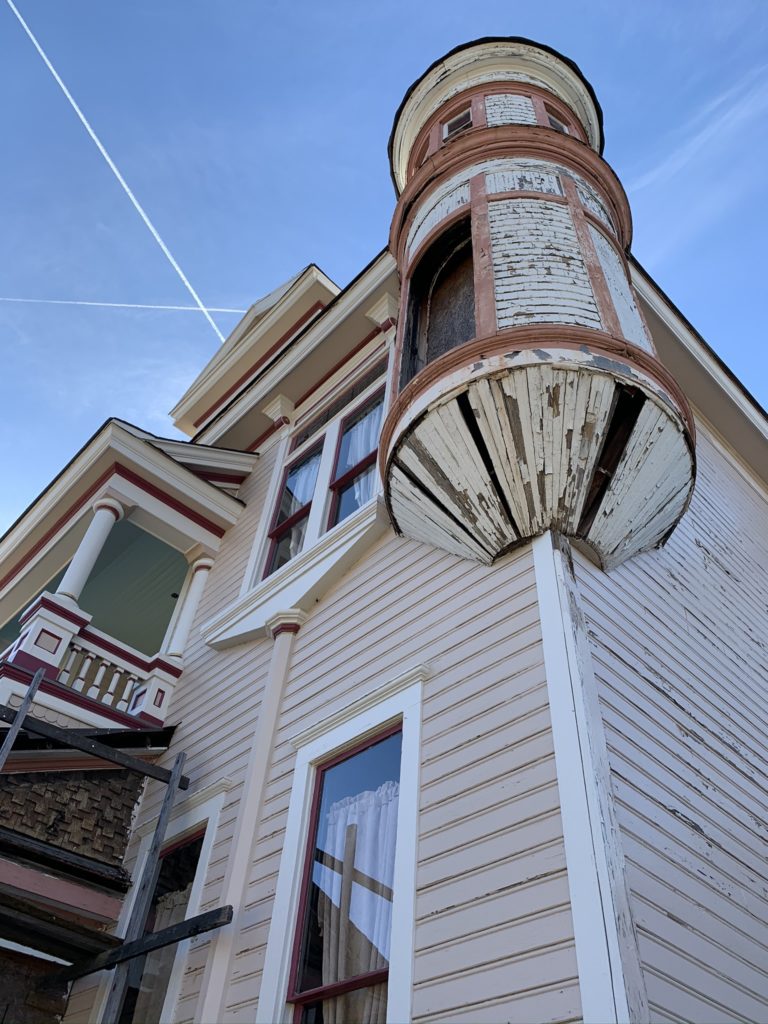
The building is old. It is made of wood. It has been vacant, sometimes for years at a time. It has been poorly maintained and up until recently, until the rehab of the Municipal and the Logan Mansion, the creation of Shreveport and Caddo Common and the building of the Southern University Kitchen Incubator, was in a part of downtown people considered sketchy and unworthy of investment. The project was going to need more than drive and desire. Debbie got down to business to learn some of the many things she did not know about rehab. One of the first and hardest things she discovered was that no one would lend her any money. Banks are conservative. They don’t want to lose money, and it was hard for them to share in Debbie’s vision of the potential financial return of a re-created Ogilvie Wiener bed-and-breakfast.. so she decided to fund it out of pocket. Yes, it would take more time, yes, it would cost more money and seriously cut into time for such mundane things as sleep and life, but there was no other way. She took a second job as a traveling nurse, and then a third job working for a downtown attorney and for a little more extra cash, parks cars in her lot during shows at the Municipal. ALL her money goes into the construction; into molding and Victorian woodwork that she has specially made at a sawmill in Dekalb, Texas, the only place she could find to do it, to carpenters who have become family friends, to electricians who share in her vision and love, but still must be paid so that their families can eat. Debbie’s determination is the stuff of historical epics.
When William Burwell Ogilvie (1847-1899) hired Shreveport architect Luther T. 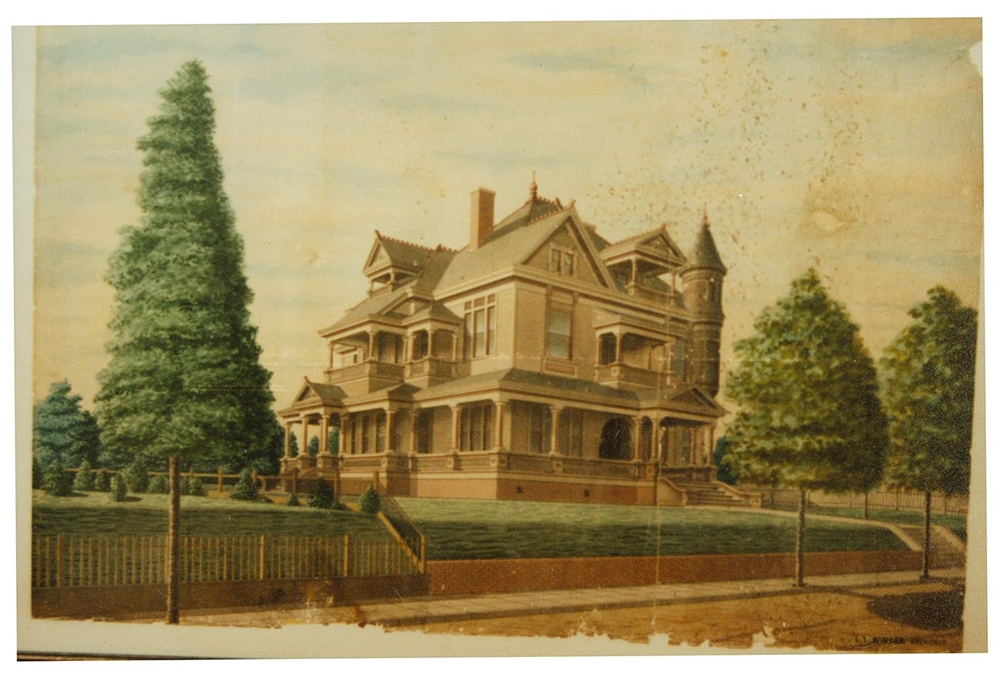 McNabb to design his ornate Victorian homestead he could not know that he would live in it for only two years. Ogilvie died in 1899, but his widow continued living there until 1906, at which time the house sold to Samson Wiener, whose architect brothers William and Samuel designed the Municipal Auditorium. The Wiener family enjoyed the home for many years, but in the late 1940s, the home was sold and converted into the upscale “The Florentine Club,” a place that on any given night might host John Wayne, Ethel Merman or William Holden and feature a performance by Perry Como. After going dark for ten years, it reopened in the early 1970s as ‘”The Florentine” dance club. It became vacant again, going through multiple owners before being purchased in 2012 by John and Debbie.
McNabb to design his ornate Victorian homestead he could not know that he would live in it for only two years. Ogilvie died in 1899, but his widow continued living there until 1906, at which time the house sold to Samson Wiener, whose architect brothers William and Samuel designed the Municipal Auditorium. The Wiener family enjoyed the home for many years, but in the late 1940s, the home was sold and converted into the upscale “The Florentine Club,” a place that on any given night might host John Wayne, Ethel Merman or William Holden and feature a performance by Perry Como. After going dark for ten years, it reopened in the early 1970s as ‘”The Florentine” dance club. It became vacant again, going through multiple owners before being purchased in 2012 by John and Debbie.
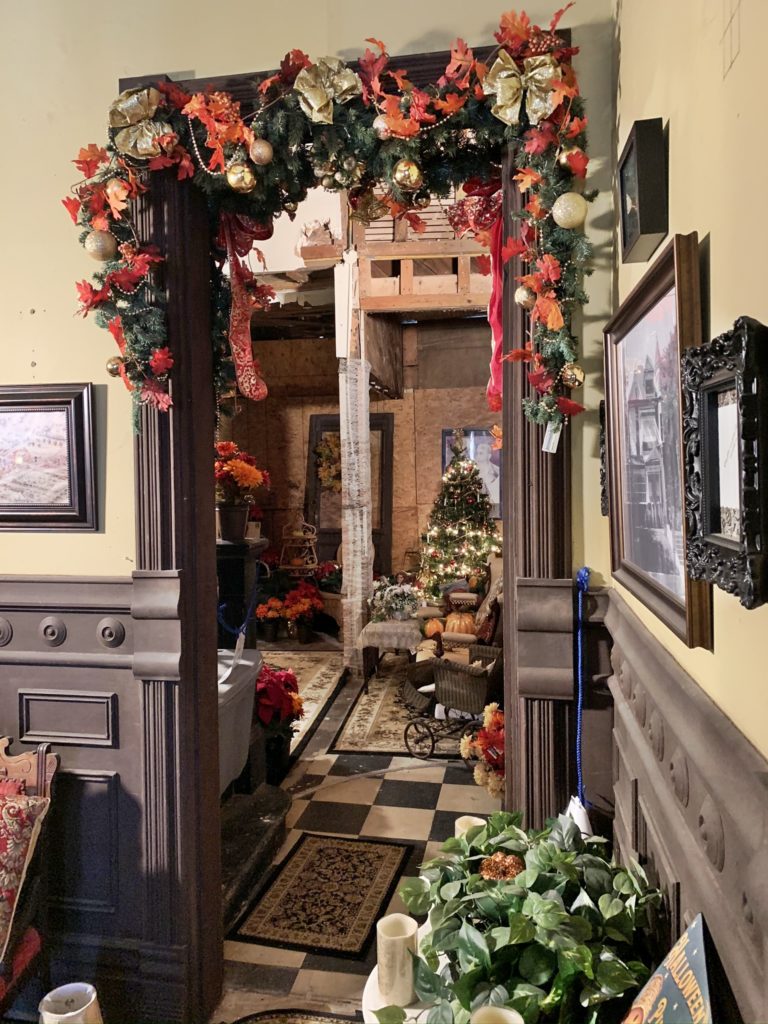
In the ensuing years, Debbie has made some surprising discoveries- a 1932 newspaper in the shower wall, a piece of Art Deco stained glass hidden in another wall…a scrap of gold Damascus wallpaper in the foyer. Debbie had been telling John that she intended to put gold Damascus wallpaper in the home when she found the proof that someone long ago had the same thought. Work is progressing; electricians have been on the job recently taking out the old knob-and-tube wiring and replacing it with wiring appropriate for this century, so soon the first floor will have electricity again. Work also continues on the facade. Debbie has determined that getting the facade repaired will help skittish investors and potential supporters be able to see the vision. That vision is of a bed and breakfast with three rentable rooms, one a giant suite, and two regular rooms, all with private bathrooms. There will be space for tea and birthday parties, receptions, weddings, etiquette classes and a small living quarters in the back for John and Debbie. “This building,” Debbie says, “belongs to the public. I’m just a nurse with a burning desire to save this house and a piece of Shreveport History.”


